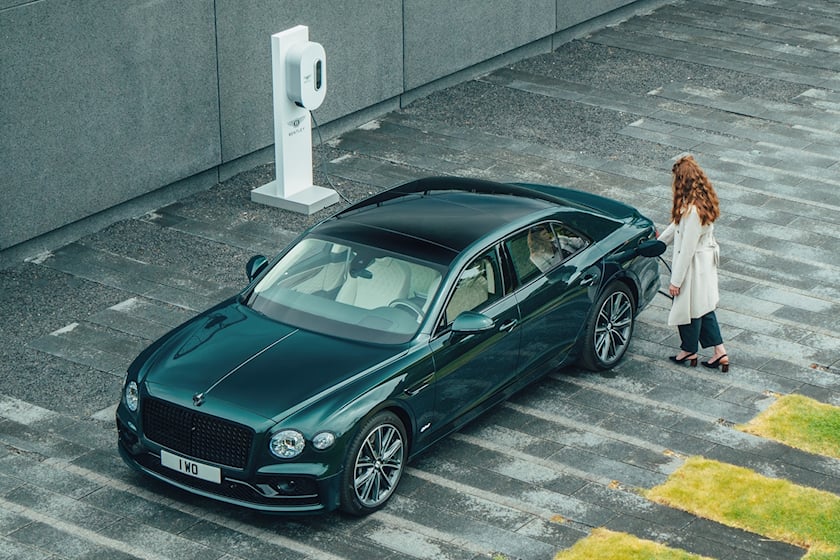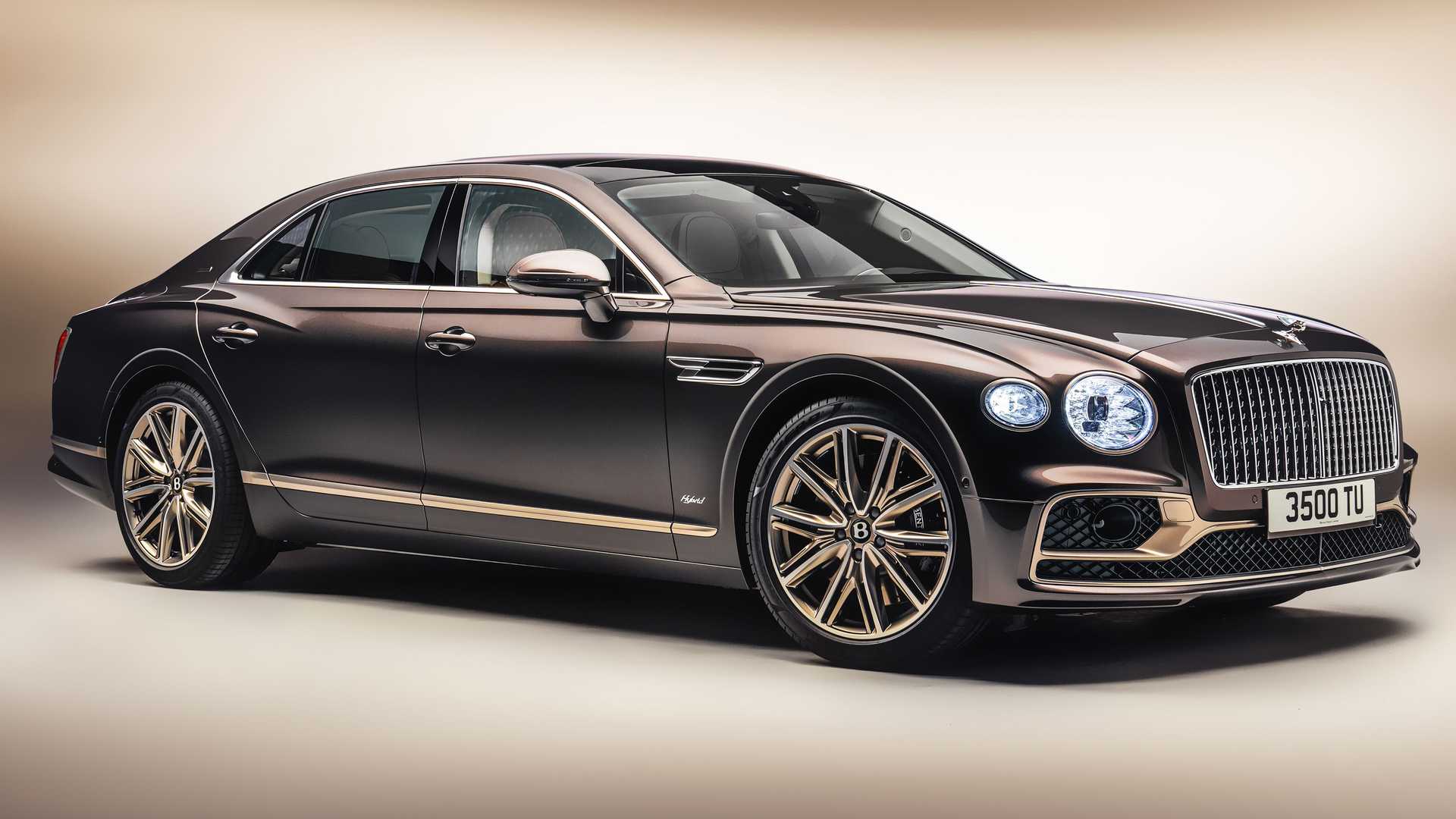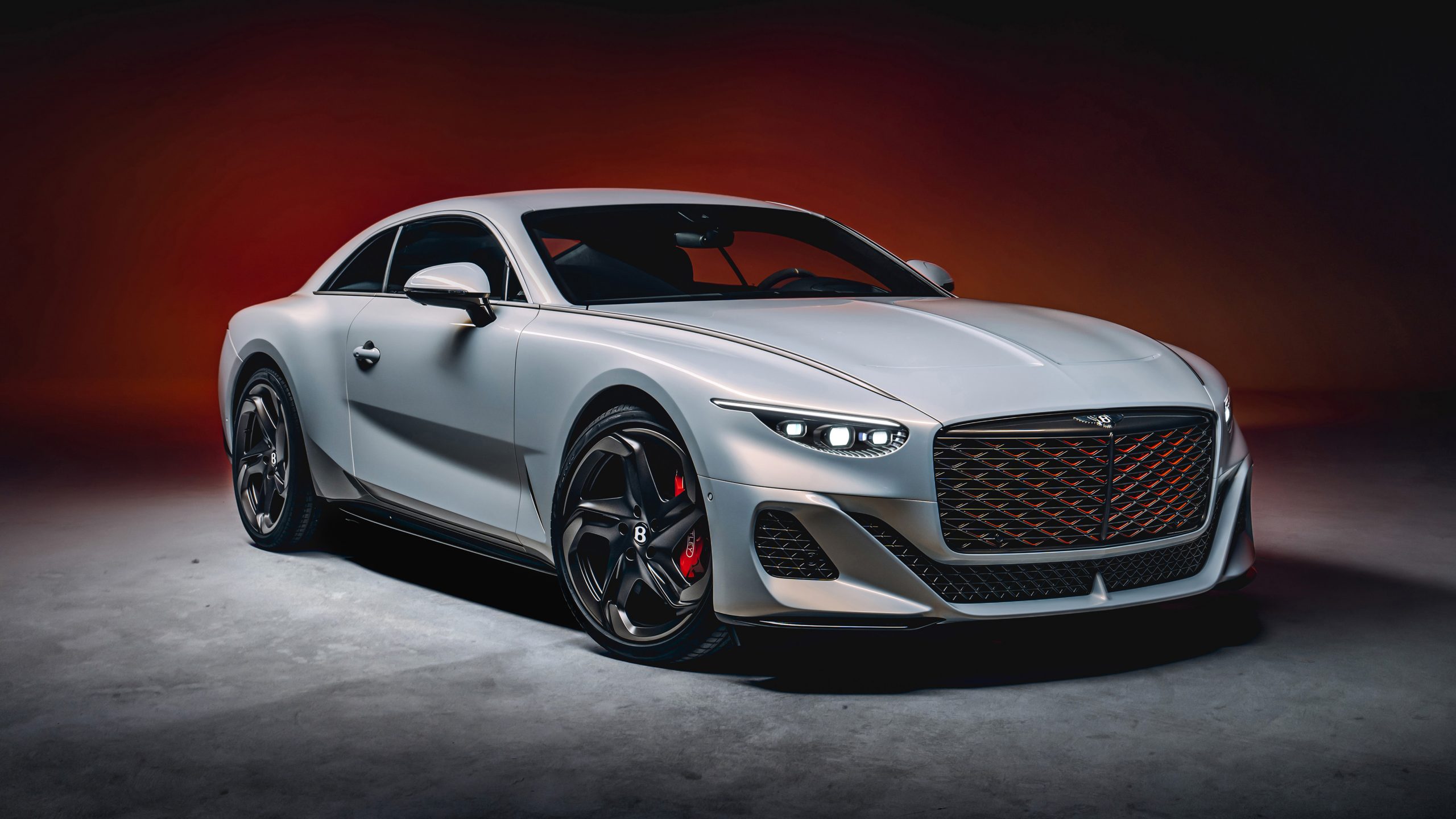Last year Bentley Motors introduced a variant of the Bentley Flying Spur with the Plug-in Hybrid Electric Vehicle (PHEV) electric car technology.
Called the Flying Spur Hybrid, because this variant is one of the stages of Bentley’s transition to electrification. The Bentley Flying Spur Hybrid is the second Bentley model to be electrified after the Bentley Bentayga Hybrid.
Just like the Bentayga Hybrid, the Flying Spur Hybrid’s electrification recipe is to give it a twin-scroll turbo V6 engine, electric motor and Lithium-ion battery.
Interestingly, Bentley claims that the performance of the Flying Spur Hybrid is still as good as the Flying Spur V8. The Flying Spur Hybrid’s 2,984 cc turbo V6 engine may lose in the number of cylinders and capacity, but is claimed to produce 416 hp of peak power and 550 Nm of torque.
Not to mention the power of up to 100 kW or the equivalent of 136 hp and 400 Nm of torque from the electric motor which helps reduce acceleration delay due to turbo lag.
When these two power sources combine, the Bentley Flying Spur Hybrid is capable of producing power up to 544 hp and 750 Nm of torque. Compared to the Flying Spur V8, the Flying Spur Hybrid only loses 6 horsepower and 20 Nm of torque.
Of course what the Flying Spur V8 does not get is the ability to drive fully electric to enter low emission zones.
The Flying Spur Hybrid’s Lithium-ion battery only has a capacity of 14.1 kWh and is claimed to be fully charged in just 2 hours and 30 minutes depending on the country.
The battery capacity is also claimed to be sufficient to carry the Flying Spur Hybrid around the city as far as 40 kilometers in full electric mode or EV Mode.
But the main ability of the Flying Spur Hybrid is efficiency on long trips because this car is claimed to be able to provide a mileage of up to 700 km.







